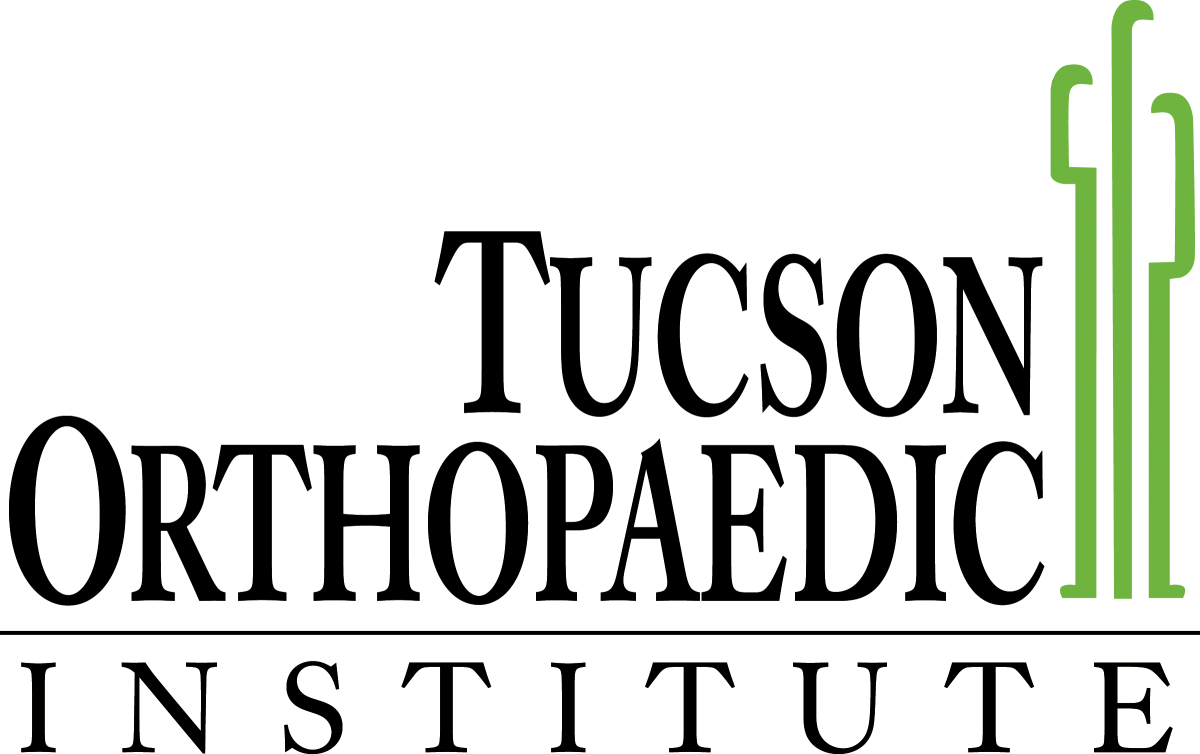Regenerative Medicine
To treat certain orthopaedic conditions, Tucson Orthopaedic Institute is providing regenerative medicine procedures, including dextrose prolotherapy, platelet-rich plasma (PRP), bone marrow aspiration, and microfat aspiration injections.
FDA Compliant Regenerative Medicine
Stem cells, like other medical products that are intended to treat, cure or prevent disease, require U.S. Food and Drug Administration (FDA) approval before they can be marketed. At this time, the FDA has not approved any stem cell-based products for use, other than cord blood-derived blood-forming stem cells for certain blood diseases. Furthermore, the devices that allow physicians to minimally manipulate blood, bone marrow and adipose tissue for the treatment of orthopedic conditions also require FDA approval. While the FDA does not regulate the practice medicine, it has issued compliance guidelines regarding the use of human cells, tissues, and cellular or tissue-based products. At Tucson Orthopaedic Institute, we recognize the FDA’s important role in assuring patient safety. All our treatment protocols are compliant with the published FDA guidances. In addition, all patients are followed throughout the treatment process and recovery using databiologics.com. This allows us to continually monitor patient-based outcomes and add to the growing scientific evidence in orthobiologics.
Dextrose Prolotherapy
Dextrose prolotherapy is a form of injection therapy designed to stimulate healing. It works by causing temporary, low grade inflammation that increases the level of growth factors at the injection sight and initiates a healing cascade. This healing cascade results in the repair of soft tissue structures, such as ligaments and tendons.
Platelet-Rich Plasma
Platelet Rich Plasma (PRP), like dextrose prolotherapy, is a form of injection therapy designed to stimulate healing. Unlike dextrose prolotherapy, PRP is produced after drawing blood from the patient and placing it in a special centrifuge that separates and concentrates the platelets. Platelets contain multiple growth factors that are critical for natural healing. Enhanced healing occurs when platelet concentration is increased with PRP. Our final PRP product produces greater than 7x the platelet concentration of normal circulating blood.
Biologics
How Are Biologic Cells Obtained?
Harvesting biologic cells for injection therapy is done right in the office. Cells can be obtained from the bone marrow or fat tissue. The skin is numbed first with lidocaine. Next, the hip bone is numbed with more lidocaine. A special needle is then passed through the cortex of the bone into the marrow cavity. This is a painless procedure in most cases. The liquid marrow is then very slowly drawn into a syringe. Once an adequate amount of liquid marrow is obtained, the needle is removed and a bandage applied.
To see a brief animated video of how the procedure is performed, click this here. The entire procedure takes about 20 minutes and it is minimally uncomfortable.
Fat Grafting
The fat is harvested from the patient’s belly, buttocks, “love handles,” or hips using a gentle liposuction technique. The resulting gel provides structural support and cushioning.
How Are Biologics Injections Given?
All of our biologic injections are given under direct ultrasound guidance. We first numb the skin with lidocaine. Then, using ultrasound, we guide the needle to the precise location and inject the cells. The ultrasound guidance ensures both accurate and safe injections.
Following injection, for weight-bearing joints (ankles/feet, knees, hip) patients need to be limited bearing weight for 24-72 hours. But it is critical that the joint NOT be immobilized. Gentle protected movement is critical to stimulate healing. For non-weight bearing joints, gentle protected movement is generally encouraged, but forceful or aggressive activity, such as sports, is prohibited. Your doctor will give you more specific post-injection activity guidelines.
Are There Risks Associated with Biologic Treatment?
Any injection is potentially at-risk for causing infection, bleeding, nerve damage. Risks will also vary depending on the structure(s) being injected. However, because we are using your own cells, you cannot be allergic to the treatment! Also, because the injections are done under ultrasound guidance, the risks of damaging surrounding structures, or of injecting the wrong location, are almost completely eliminated. Your doctor will review the complete risks of treatment with you. Nonetheless, the risks of treatment are extremely low.
Are Biologic Treatments Covered by Insurance?
Currently biologic injections are still considered elective. Most all insurance plans, including Medicare, do NOT pay for biologic injections. The one exception is Tricare insurance which has started covering PRP for mild to moderate arthritis of the knee and tennis elbow (lateral epicondylitis) that has failed conservative treatment.


